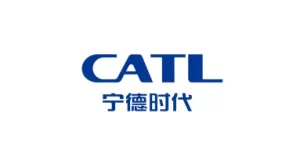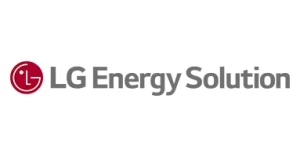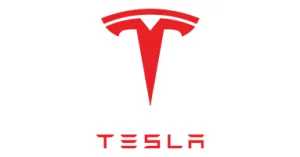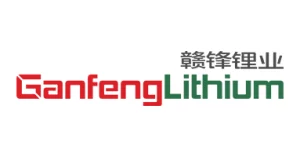Revolutionizing innovation with cutting-edge AI and LLM-powered solutions—fueling your IP strategy and driving unmatched growth. Contact us to transform your vision today!
Revolutionizing innovation with cutting-edge AI and LLM-powered solutions—fueling your IP strategy and driving unmatched growth. Contact us to transform your vision today!



 Notable Technologies:
Notable Technologies: Notable Technologies:
Notable Technologies: Notable Technologies:
Notable Technologies: Notable Technologies:
Notable Technologies: Notable Technologies:
Notable Technologies: Notable
Notable  Notable Technologies:
Notable Technologies:



